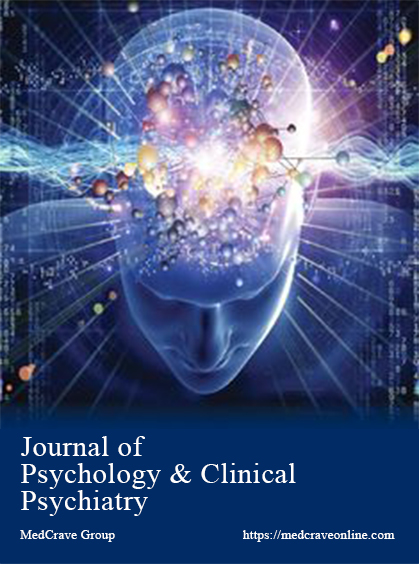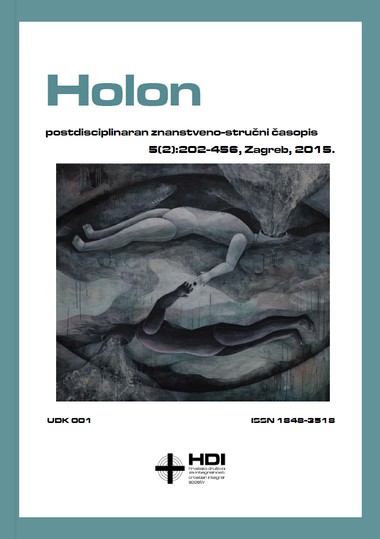
We kindly inform you that, as long as the subject affiliation of our 300.000+ articles is in progress, you might get unsufficient or no results on your third level or second level search. In this case, please broaden your search criteria.

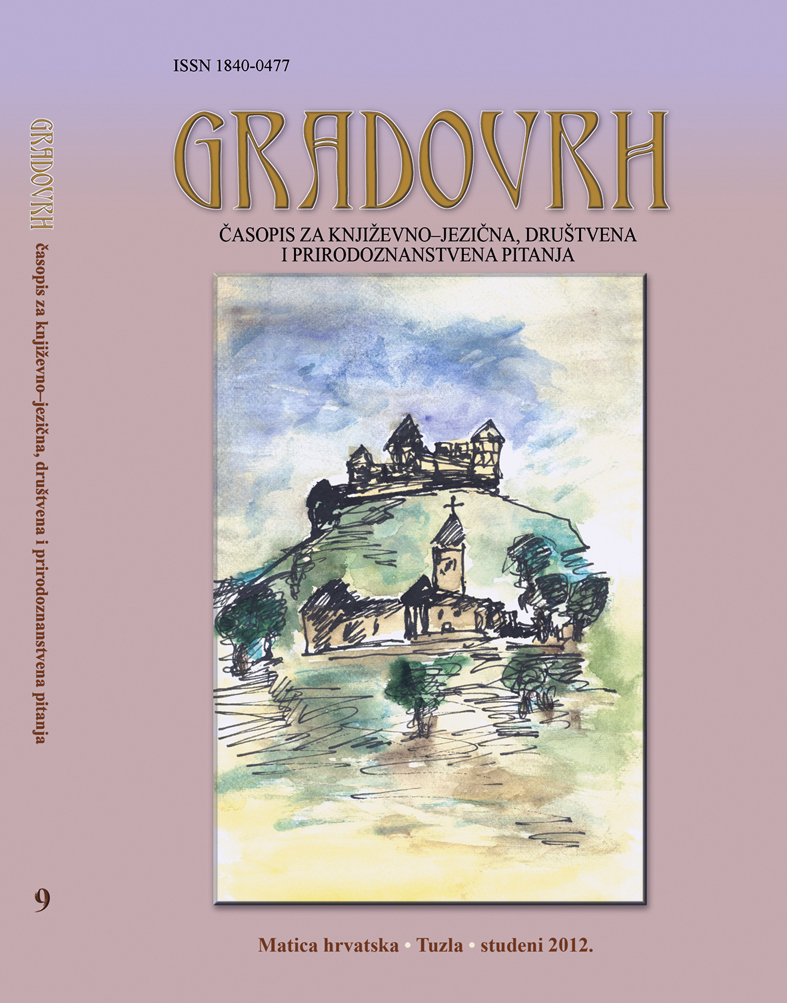
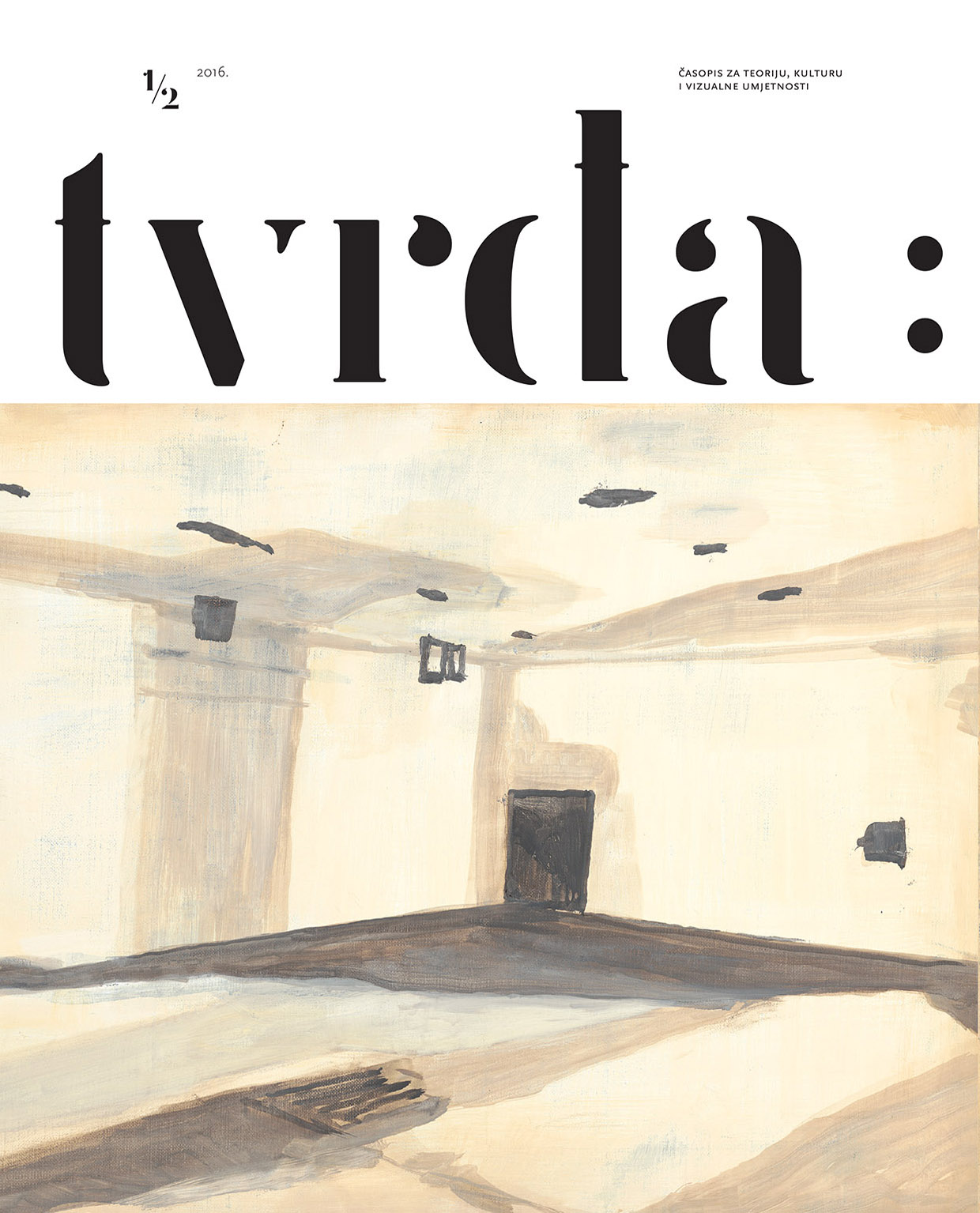
Nježnost ima svoje vrelo u srcu, senzibilnost ima svoj temelj u osjetilima i snazi uobrazilje [Einbildungskraft]. Nježnost se ne ograničuje na osjećaj koji goni na ljubav; predmet senzibilnosti je ono što može pokrenuti dušu na dobro ili na zlo. Nježnost je dubok i trajan osjećaj; senzibilnost bjelodano nije ništa drugo do prolazan, premda živ dojam.
More...
The main focus of the psychoanalytic theory and practice is on the subject, while other important individuals in his or her life, especially the mother, are observed and referred to as objects. For this reason, at the beginning of this paper, special attention is given to defining the following three terms: the woman, the role of the mother, and the function of the mother. These terms were approached from two angles; the ways in which the classical psychoanalytic theory and the intersubjective approach understand these themes were compared. The intersubjective approach offers a perspective that the Other is also a subject, and not a mere object of subject’s needs. Defining the woman as a subject in both theoretical and practical terms opens up the possibility of conveying this attitude to society. The paper aims to highlight the importance of a gender-sensitive approach in psychotherapy. Therefore, the paper offers a theoretical analysis of how we can reinterpret the position of a woman as the one who is in relation (with somebody), rather than exclusively in the socially constructed role as the object of desire.
More...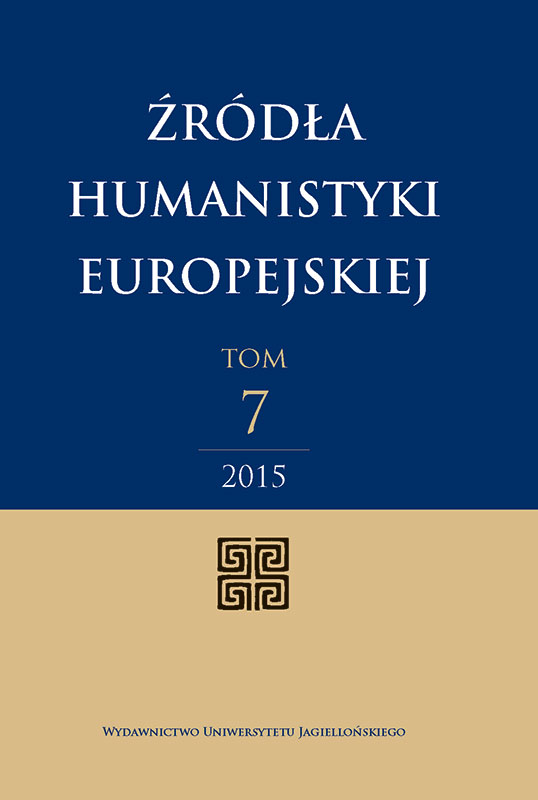
The paper sets out to examine the dialectical concept of memory as forgetting presented in Bloom’s Poetry and Repression. In his speculative investigations, Bloom draws heavily on two of his predecessors: Freud and Kierkegaard. He borrows the notions of trauma and repression from the former and develops them into the concept of the Scene of Instruction, which is a story of the initiation into the realm of poetry. From the latter, he borrows the concept of crop rotation that deals with the art of remembering through forgetting and vice versa. Bloom misreads both these concepts to create a theoretical construct of his own. Bloom follows Freud in that he shows how the poetic ego emerges through a reaction to the traumatic event of the Scene of Instruction. However, while Freud claims that it is by recollection that people can work through their traumas and return to sanity, Bloom says that both recollection and sanity are detrimental to human creative capabilities and that it is only through repression that a poet as poet can misread his predecessors and create poetry of his own. Bloom follows Kierkegaard in that he says that repression involves a dialectic of remembering and forgetting that, when put together, create an active faculty that shapes one’s individual experience. While Kierkegaard uses his concept to create an aesthetic or contemplative existence that is always new and devoid of any excessive pleasure or pain, Bloom claims that conflict is an inherent part of human existence and that this very conflict is in fact a chance for a poet to individuate from tradition understood as the eternal return of the same.
More...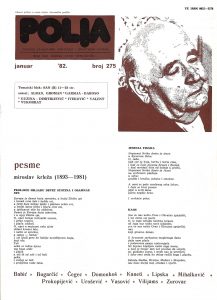
Autor ovih misli nije Frojd. On je učinio možda više od toga, on ih je ovaplotilo i napiisao Tumačenje snova. Još je trebalo shvatiti snove ozbiljmo i tako odškrinuti vrata koja su štitila najbolje čuvanu tajmu što postoji: nesvesno; budući da su snovi kraljevskd put koji tamo vodi. Neću da se zadržavam na popdsdvanju svega što Frojdova autoanaliza i uopšte psihoanaliza duguju proučavanju »njegovih « snova (s druge strane, po povratku s velikog raspusta, knjiga Didijea Anzjea o Frojdovim snovdma očekuje nas kod knjižara).
More...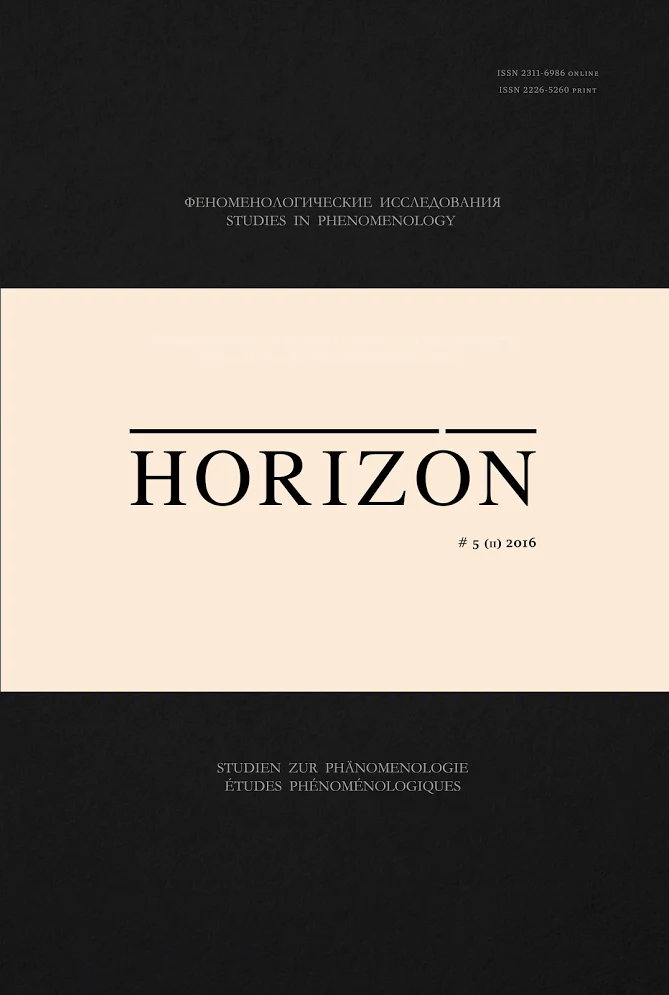
This paper is an attempt to explore the dreams along various ways. A critical crossroad is the point where the dream manifests itself as a figure of the Other. Dream interpretations (Sigmund Freud,Medard Boss), violate the alterity of the dreamer – they relate the dream to the constitution of the awake. Dream interpretations are answers to the “Whys” and the “Hows” of a dream. They are explanations that just soothe the uneasiness caused by the uncanny dream world. Few quotes from Elias Canetti’s notes emphasize on the singularity of a dream and its mysterious, i.e. inexplicable nature. A brief critical review of Medard Boss’s conception of dreams allows to understand a dream as magnifying mirror of the existential features decisive for the shortcomings one faces in his everyday life. In psychoanalytic practice (and not only here) we cannot grasp a dream by going straight to the point. “Free associations” and “free floating attention” guide us to other, indirect and unforseen ways of approach. Remembering and forgetting dreams is an experience different from remembering and forgetting things. The question “What is a dream?” is a trap because it demands an answer like “The dream is …”. A dream is not something, it is not a “that”. We attempt to speak about dreams following a phrase in Odyssey – “sie gingen vorbei an den Toren der Sonne, an derGemeinde Träume, und kamen dann schnell an ihr Ziel, zur Asphodeloswiese”. Further goes a briefdiscussion of Beckett’s play for television (“Nacht und Träume”). And finally a revision of the famous Dschuang Dsi’s dream (“Butterfly Dream”) on the basis of a painting by Katsushika Hokusai “Thechinese philosopher Sōshi looking at butterflies”.
More...
The main focus of this work is discussing the term “archetype“, and its meaning. The term itself was defined by C. G. Jung through years of his experience in the field of psychology of dreams and based on studying mythology.
More...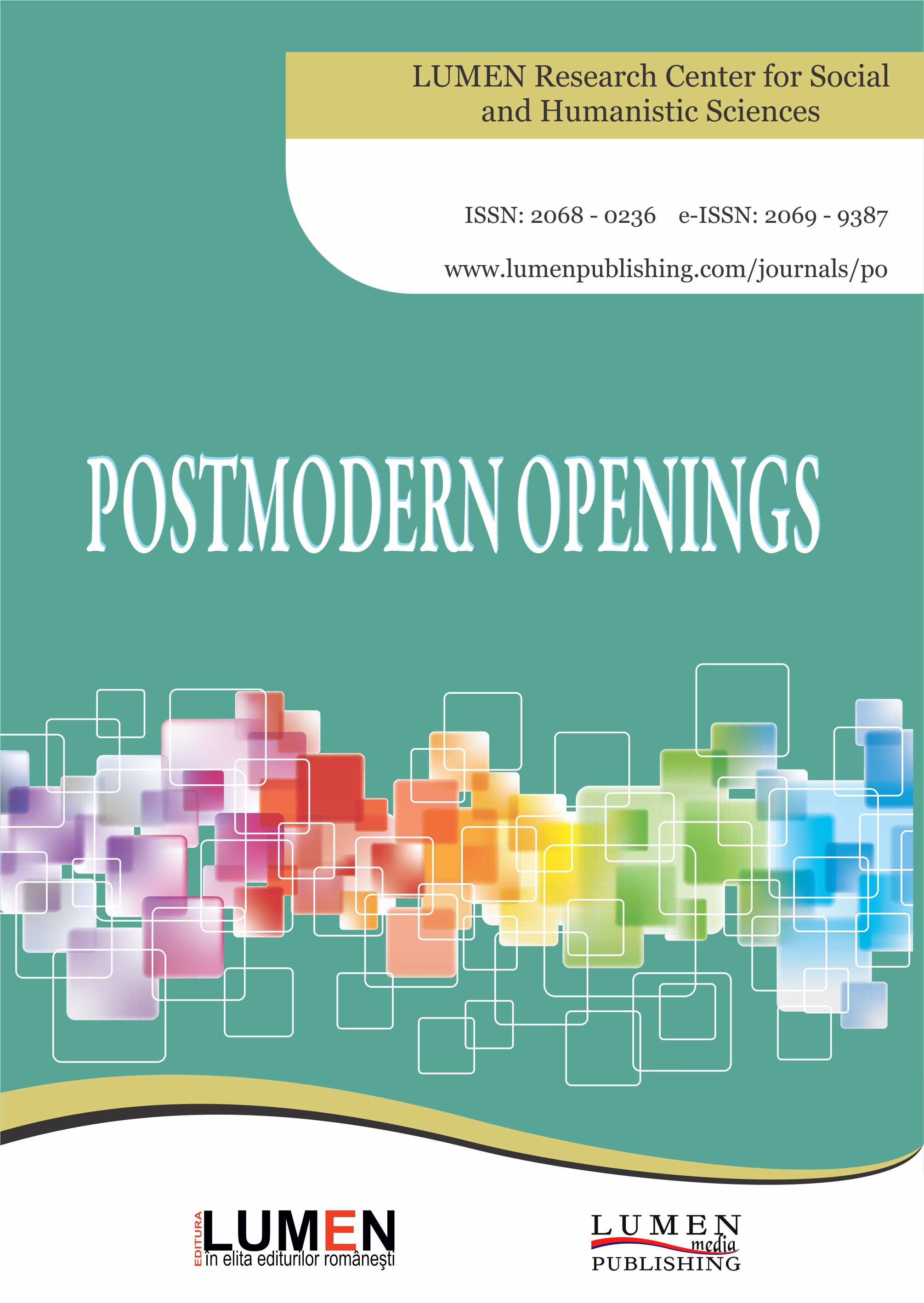
In this text we aim to present the way Sigmund Freud discovered the universe of the unconscious and the significance of dream interpretation. For „the Father of psychoanalysis”, the unconscious is not just a depository of some mental contents that belong to a sub-conscious, but a genuine reservoir of autonomous energies that have their own determinism, different from that of conscious. The Viennese psychoanalyst is the supporter of a determinism at the unconscious level, which is revealed by the mechanisms of the dream. For Freud, dreams are the royal path through which the unconscious emerges. Only in the dream conscious can look strictly passively at the way in which unconscious contents emerge in symbolic forms through all sorts of condensations and transfers of repressed drives. In the dream, the Ego becomes free and ready for the real meeting with the Self, that only he can recognize and understand in its most intimate sense. However, dreams, though ephemeral, represent extremely effective successes for everyday psychic life. In the end, I concluded that the dream contents can be properly comprehended only by the dreamer, and the psychoanalyst can help the dreamer only to recognize these subtle understandings of his own unconscious.
More...
This paper is actually a review of the status of psychoanalysis versus science. The lack of articles in contemporary discussions, and the absence of the topic of psychoanalysis suggests that there is less interest in the given topic. The impression is that the therapist who has the function of a patient does not have the time for other means of research and work. This supports the contemporary views that a therapist is, figuratively speaking, married to therapy and, therefore, cannot do anything for its sake. Strong criticism persisting even today is that addressed to Freud (in reference to relational psychoanalysis), arguing that he could not even bear to be seen as a warm and gentle figure by his patients. He is even known to have sat in a chair behind the headrest of the sofa used by the patient, in order to avoid looking the patients in the eyes, claiming it to be bothersome. The third century of the existence of psychoanalysis seems to be the time of questioning of whether the interest in this topic is disappearing. The corpus of psychoanalysis has been implemented throughout the 20th century. The general attitudes are that the analytical method has to change. Contemporary society wants quick results because the contemporary individual has little time. Psychoanalysis has always preferred the quiet, which now is a bad strategy, because very little has been done about its visibility and promotion.
More...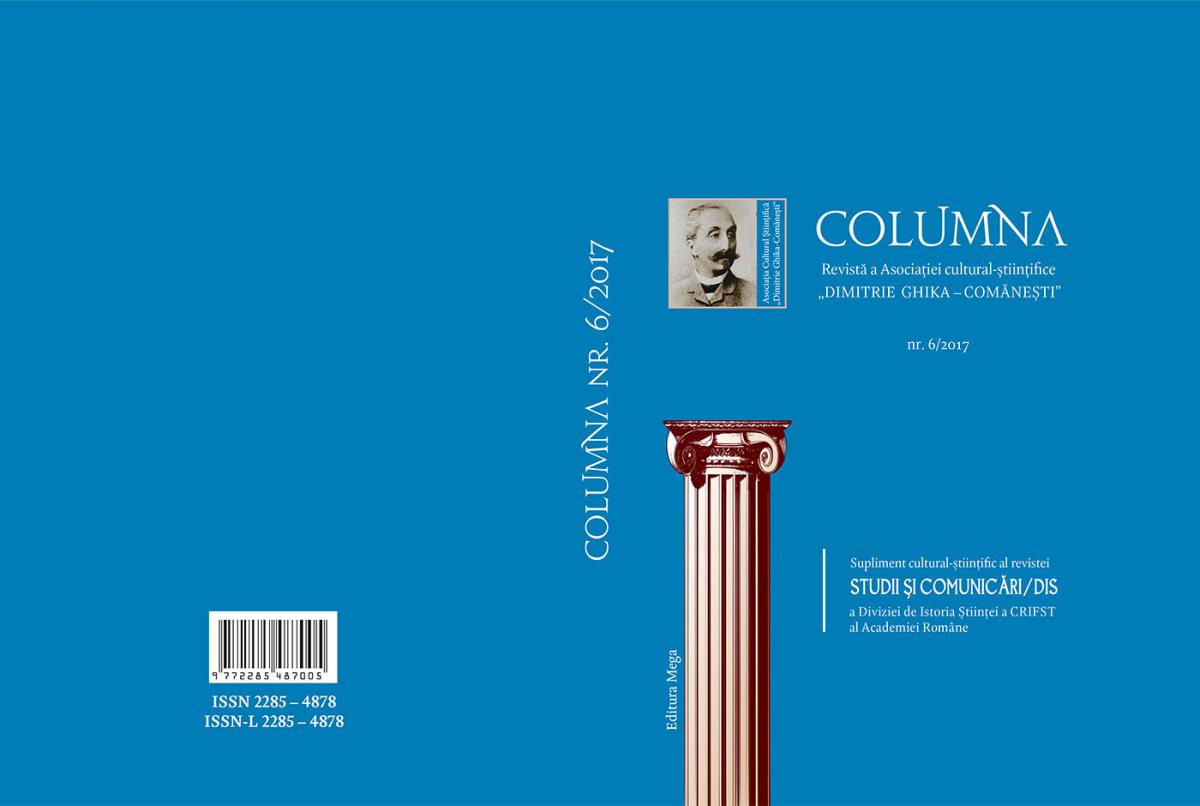
This study aims to reveal the way in which is interpretted the science of Freud, presenting some contradictory oppinions. Sigmund Freud named it science, but psychoanalysis was considered a humanistic science or pseudoscience. Although Sigmund Freud does not admits anything else but a scientific foundation, based on research and clinical observation of patients or relatives, the sources of psychoanalysis also comes from culture, philosophy and literature. Psychoanalysis is regarded today as „a kaleidoscope of mirrors” that can be deceitful because of the multiple perspectives displayed, sometimes false ones,some other times reflecting the cruel reality, but nevertheless, harmful.
More...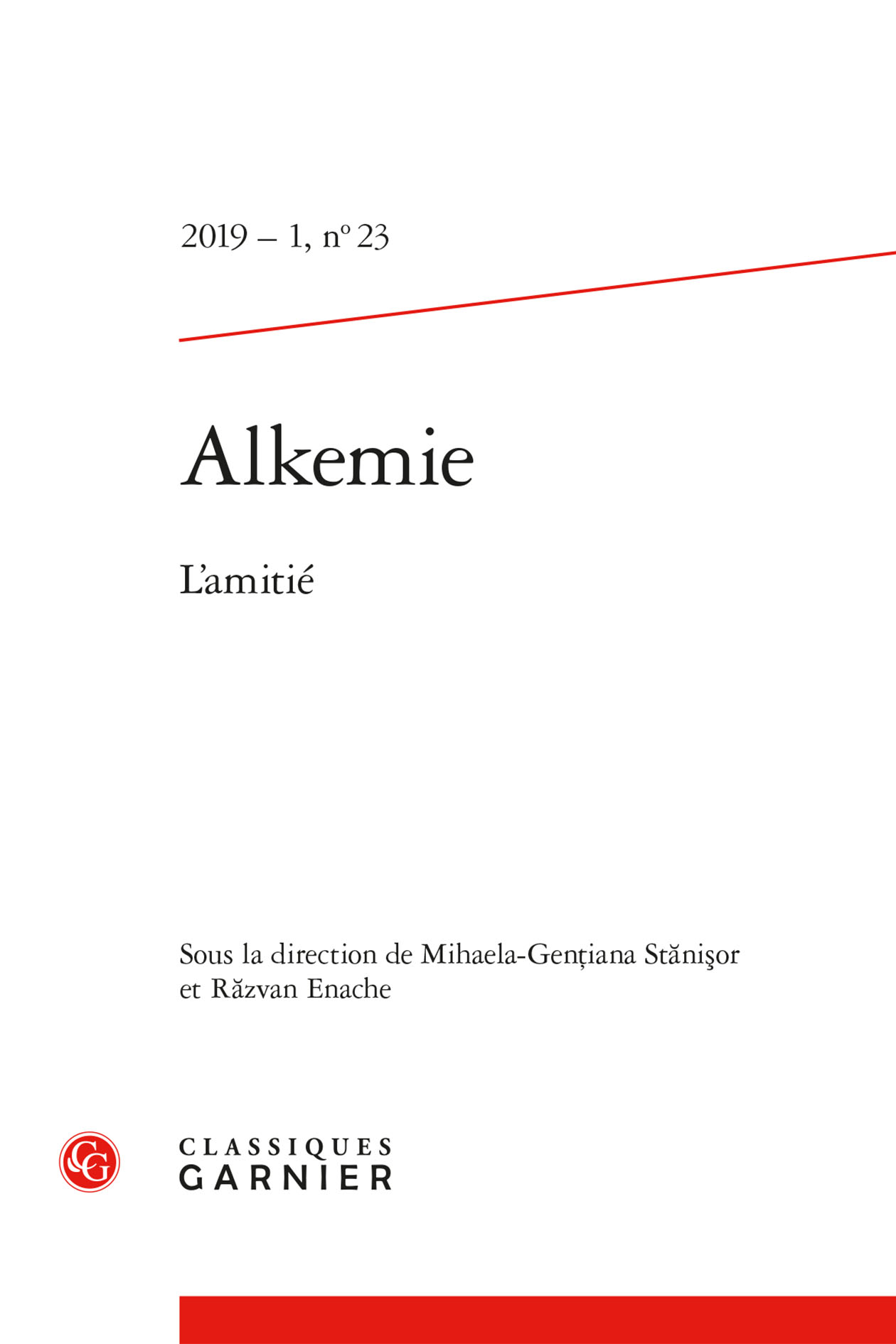
Cet article présente la réflexion de Carl Gustav Jung sur Gérard de Nerval, dont témoignent deux conférences prononcées par le psychanalyste zurichois, le 21 mars 1942, au congrès général de la Société suisse de psychiatrie et psychothérapie et le 9 juin 1945, au Psychologischer Klub. This article presents Carl Gustav Jung’s reflections on Nerval, as witnessed by two lectures given by the Zurich psychoanalyst on 21 March 1942 at the congress of the Société suisse de psychiatrie et psychothérapie and on 9 June 1945 at the Psychologischer Klub.
More...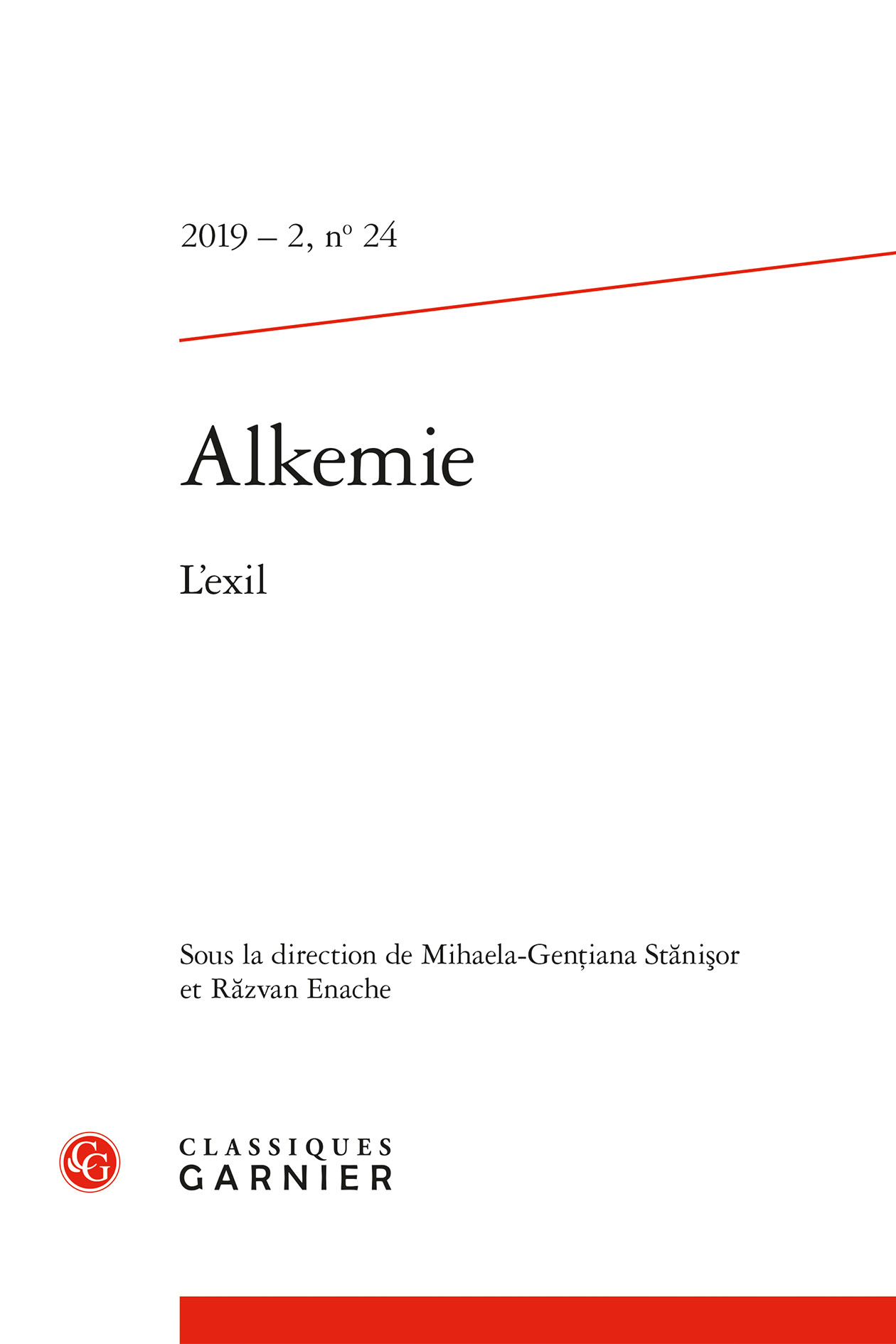
Dans son film Le Silence, Ingmar Bergman explore l’exil intérieur de deux personnages féminins. Cette situation d’exil est révélée par la mort prochaine d’Esther, qui ramène cette dernière ainsi que sa sœur Anna à affronter de nouveau le deuil de leur père. Le réalisateur explore de manière psychanalytique les méandres de la dissolution et de la reconstruction des personnages. // In his movie The silence, Ingmar Bergman explores the inner exile of two feminine characters. This exile is revealed by Esther’s imminent death, which brings both herself and her sister Anna to confront again their father’s death. The director explores in a psychoanalytical way the winding of the characters’ dissolution and reconstruction.
More...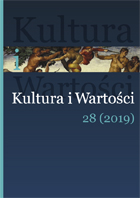
The aim of this paper is to bear out the similarity between the model of subjectivity that emerges from Paul Ricoeur’s theory of narrative identity and the one implied in some of the psychoanalytic conceptions of narcissism. Presented are Ricoeur’s views on a dialectic relation between the narrative forming an individual’s identity and lived reality. In Ricoeur’s theory stories are entangled in pre-narrative life yet at the same time they do transform it by imbuing it with a meaning. The narrative so perceived turns into a defence mechanism protecting singularity against overwhelming reality, which development draws it to the psychoanalytical notion of narcissism. Selected conceptions of narcissism (Freud, Klein, Winnicott) are reviewed to indicate that narcissism, similarly as the narrative, is based on a dialectical relation between reflection and transformation, dependence and autonomy, incoherence and coherence. Presented are also Julia Kristeva’s views attributing an inherently narrative character to narcissism.
More...
Anorexia nervosa is a diagnostic category that is more frequently found in younger women. In its basis is the difficulty of experiencing and mentalizing tension inside one’s body. It occurs due to the conflicts arising from intrap- sychic processes, on the one hand, and the penetration of patriarchal norms on the other. This paper relates anorexia nervosa to Lacan’s jouissance or the so-called painful pleasure. Lacan’s theory of understanding female sexuali- ty is important for the feminist (psychotherapeutic) approach. How young women suffering from anorexia nervosa form a relationship with their body, and the degree to which we can speak of their capacity to achieve a pleasu- re principle is addressed in the second part of the paper. Finally, the paper offers a psychotherapeutic understanding of the directions that need to be followed when working with these clients.
More...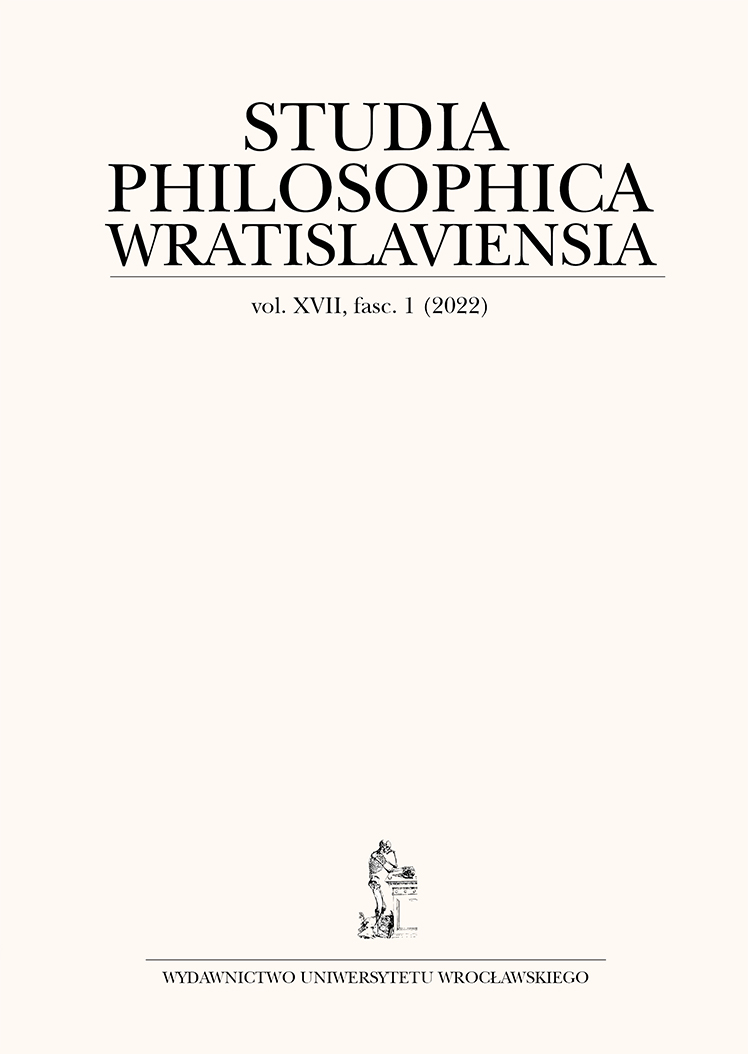
Freud was interested in the problem of memory from the time of his very early works. The processes taking place in memory, imaging, remembering and forgetting images focused his attention and were one of the pillars of shaping his conception of the unconscious and mind as “the storehouse of total memory,” which in one of his works he compared to “the Eternal City of Rome” (Culture and Its Discontents), which accumulate images-memories gathered throughout life. Shifts, changes, deformations, strong emotional components determine the specificity of many processes of remembering and forgetting, a specific “coding” of information in the form of visual, acoustic and other images. Nowadays, there are indications of Freud’s views in various dimensions of scientific research on memory and the consciousness of the importance of these approaches in our culture and its discovery of the role of autobiographical memory.
More...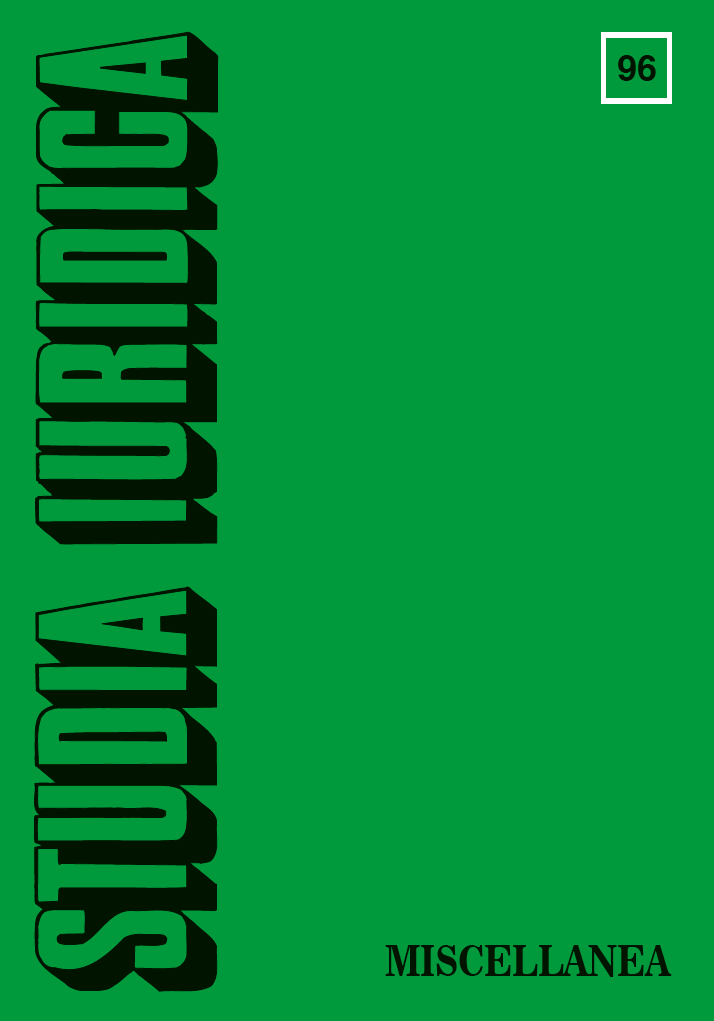
This paper addresses a key question raised by the tension between the subject of normative law and indigenous, collective systems. Within the framework of the Lacanian psychoanalysis, the author explores Cartesian specificity of a legal subject. He argues that structural nature of that legal construct not only affects an individual ontologically but also reorients the dialectics inherent in legal dogmatism. Following Baudrillardian thought, it is assumed in the paper that the total opposition to normative law is not the absence of law but rather the Rule. The Rule is a concept engaging the individual into dialectics of a game and at the same time ruling out any sense of inherently legal transgression. However, the context of indigenous systems based on the Rule, besides amplifying an alienating effect of the individualization of responsibility, also explains the incongruity of normative law in some cultural contexts. The failure to integrate indigenous, traditional and local legal systems into the post-colonial normative discourse is just one of many illustrations of this. As an exemplary case, the author evokes injustice (in the Lyotardian sense) resulting from litigation simultaneously based both on Brahmanical marriage rules and the Hindu Code Bill. In its final part, the text summarises the impasses of the legal dialogue with indigenous rules and the ways of emancipation for an individual imbedded in the Cartesian subjectivity, which are inspired by transcultural encounters.
More...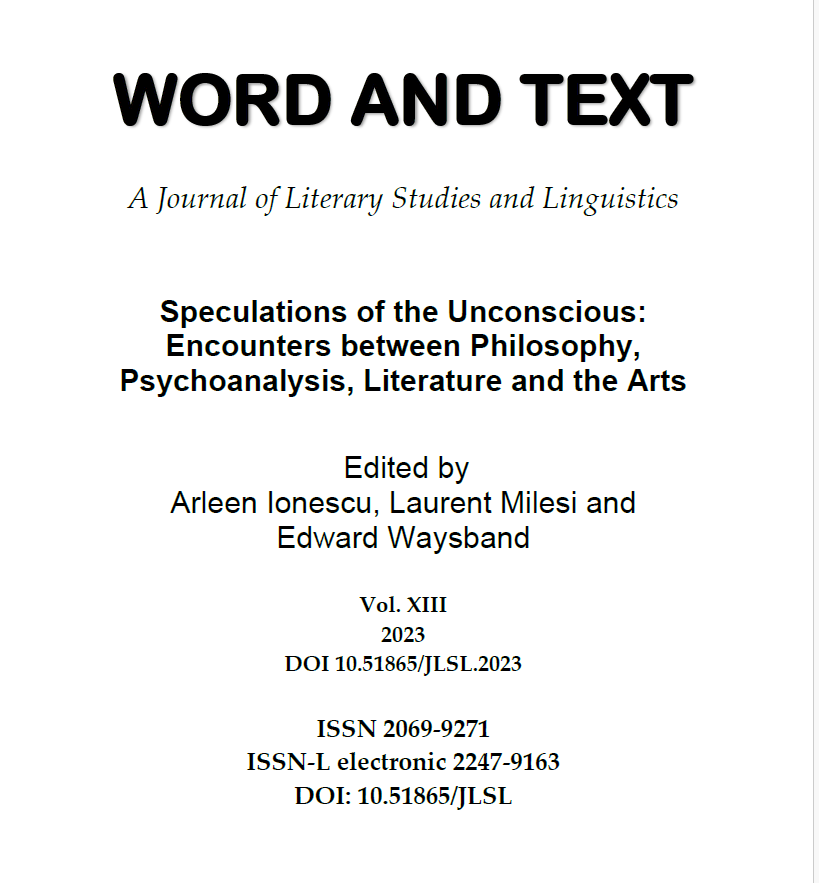
This is a review article of Judy Gammelgaard’s Psychoanalysis After Freud: Memory, Mourning and Repetition which engages critically with the author’s main ideas and connects this book with other contemporary scholarship in the field.
More...
Self-destruction behaviors in adolescents constitute a serious mental health problem. Several psychoanalysts and psychodynamic theorists have long attempted to understand the desire of self-destruction. Suicidal adolescents often elicit strong countertransference reactions from therapists. These reactions fluctuate from the belief that the therapist should be the perfect object that will relieve the suffering teenager to the openly hostile stance by the therapist. The awareness and working-through of representations and emotions produced by the patient in the analyst’s mind facilitates further understanding of transference phenomena. The present psychoanalytic case report of a suicidal adolescent tries to illustrate some aspects of these complex reactions. The psychodynamic approaches can contribute significantly to the diagnostic access and the treatment of adolescents after a suicide attempt.
More...